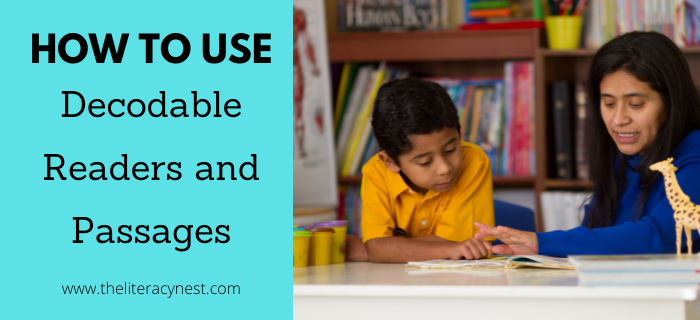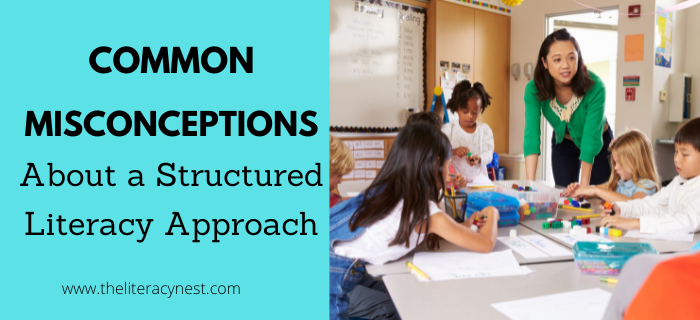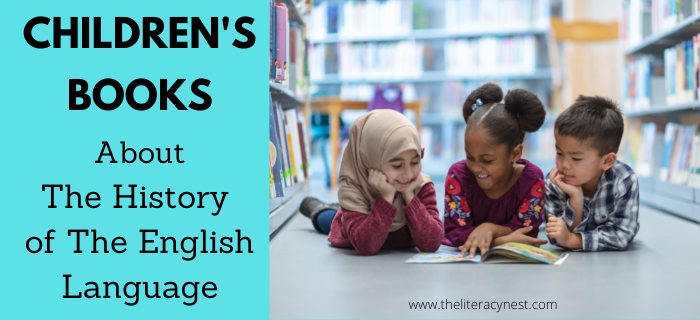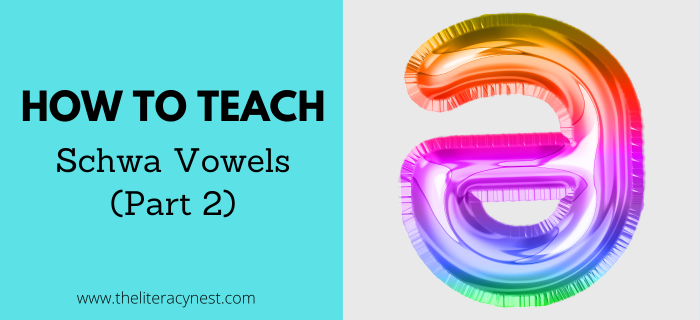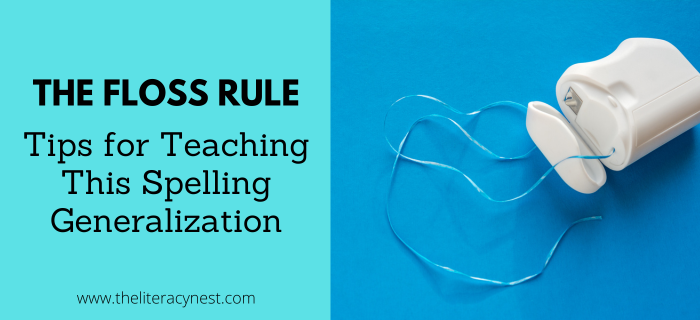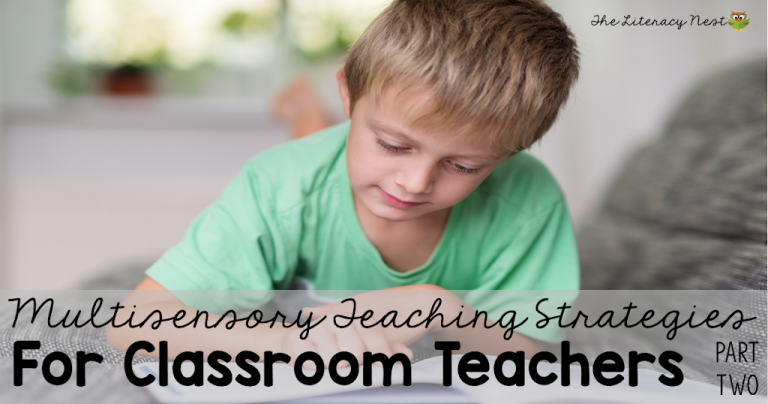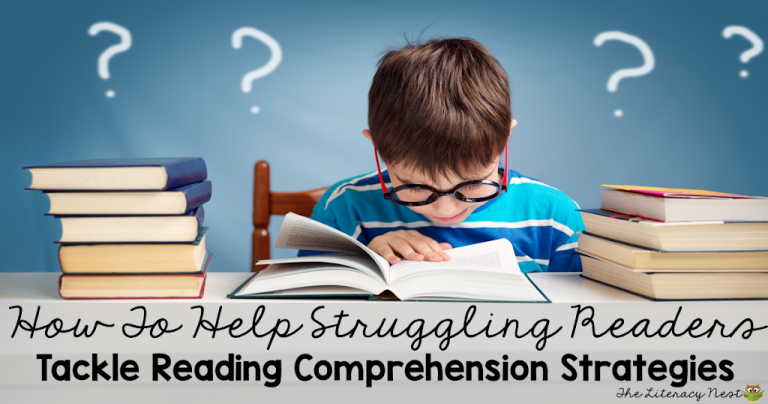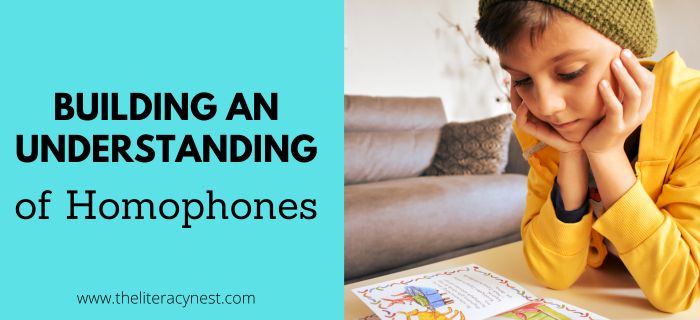How To Use Decodable Readers
You may have seen the recommendation to use decodable readers or decodable text with your students, especially early on in their learning. Let’s take a closer look at what that means, why it might be beneficial, and how to go about it. Many newly trained Orton-Gillingham educators or classroom teachers ask how to use decodable…

